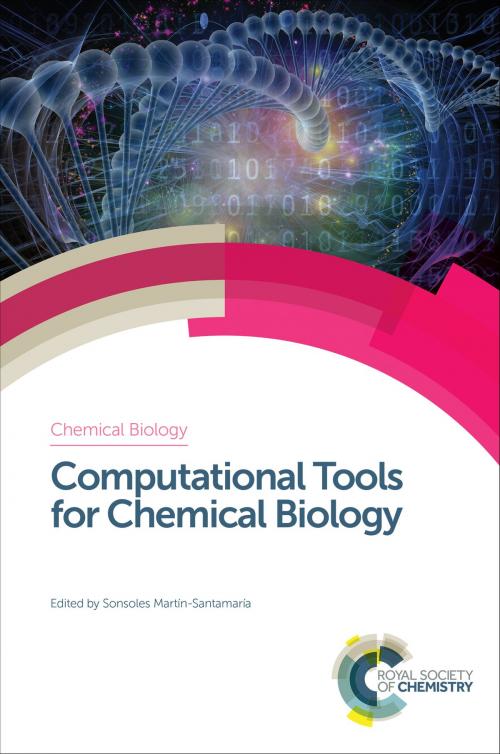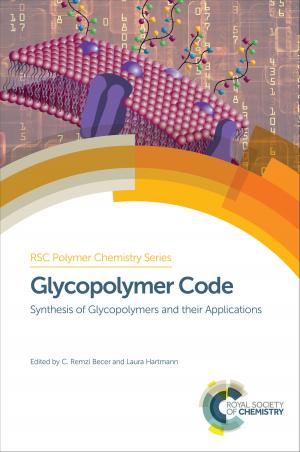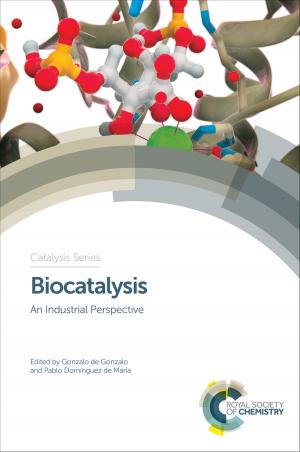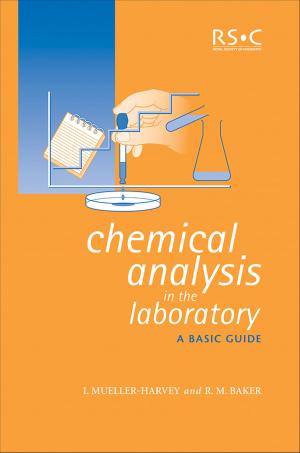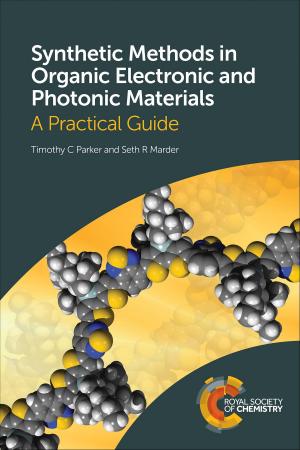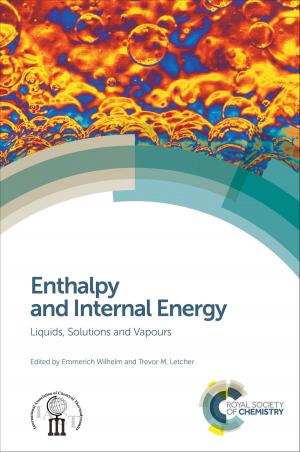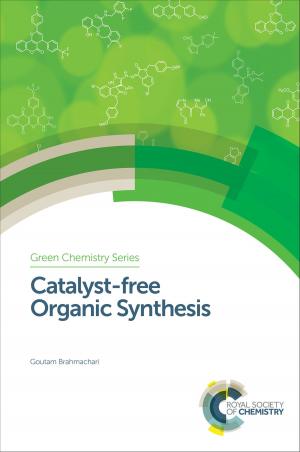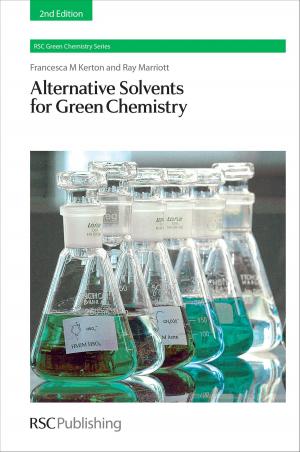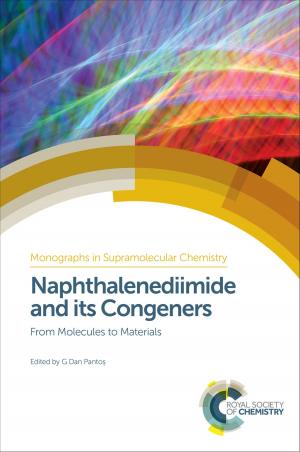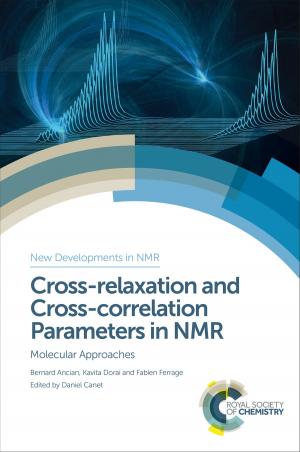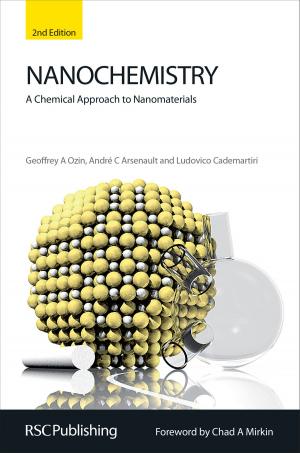Computational Tools for Chemical Biology
Nonfiction, Science & Nature, Science, Chemistry, Physical & Theoretical, Biological Sciences, Biochemistry| Author: | Leif Eriksson, Fernando Bresme, Giorgio Colombo, Gonzalo Jimenez-Oses, Josep Maria Lluch Lopez, Sonsoles Martín-Santamaría, Modesto Orozco, Francesca Fanelli, Carmen Domene, Maurizio Botta, Marco De Vivo, Jordi Mestres, Tom Brown, Kira J Weissman | ISBN: | 9781788012560 |
| Publisher: | Royal Society of Chemistry | Publication: | October 25, 2017 |
| Imprint: | Royal Society of Chemistry | Language: | English |
| Author: | Leif Eriksson, Fernando Bresme, Giorgio Colombo, Gonzalo Jimenez-Oses, Josep Maria Lluch Lopez, Sonsoles Martín-Santamaría, Modesto Orozco, Francesca Fanelli, Carmen Domene, Maurizio Botta, Marco De Vivo, Jordi Mestres, Tom Brown, Kira J Weissman |
| ISBN: | 9781788012560 |
| Publisher: | Royal Society of Chemistry |
| Publication: | October 25, 2017 |
| Imprint: | Royal Society of Chemistry |
| Language: | English |
The rapid development of efficient computational tools has allowed researchers to tackle biological problems and to predict, analyse and monitor, at an atomic level, molecular recognition processes. This book offers a fresh perspective on how computational tools can aid the chemical biology research community and drive new research.
Chapters from internationally renowned leaders in the field introduce concepts and discuss the impact of technological advances in computer hardware and software in explaining and predicting phenomena involving biomolecules, from small molecules to macromolecular systems. Important topics from the understanding of biomolecules to the modification of their functions are addressed, as well as examples of the application of tools in drug discovery, glycobiology, protein design and molecular recognition. Not only are the cutting-the-edge methods addressed, but also their limitations and possible future development.
For anyone wishing to learn how computational chemistry and molecular modelling can provide information not easily accessible through other experimental methods, this book will be a valuable resource. It will be of interest to postgraduates and researchers in the biological and chemical sciences, medicinal and pharmaceutical chemistry, and theoretical chemistry.
The rapid development of efficient computational tools has allowed researchers to tackle biological problems and to predict, analyse and monitor, at an atomic level, molecular recognition processes. This book offers a fresh perspective on how computational tools can aid the chemical biology research community and drive new research.
Chapters from internationally renowned leaders in the field introduce concepts and discuss the impact of technological advances in computer hardware and software in explaining and predicting phenomena involving biomolecules, from small molecules to macromolecular systems. Important topics from the understanding of biomolecules to the modification of their functions are addressed, as well as examples of the application of tools in drug discovery, glycobiology, protein design and molecular recognition. Not only are the cutting-the-edge methods addressed, but also their limitations and possible future development.
For anyone wishing to learn how computational chemistry and molecular modelling can provide information not easily accessible through other experimental methods, this book will be a valuable resource. It will be of interest to postgraduates and researchers in the biological and chemical sciences, medicinal and pharmaceutical chemistry, and theoretical chemistry.
